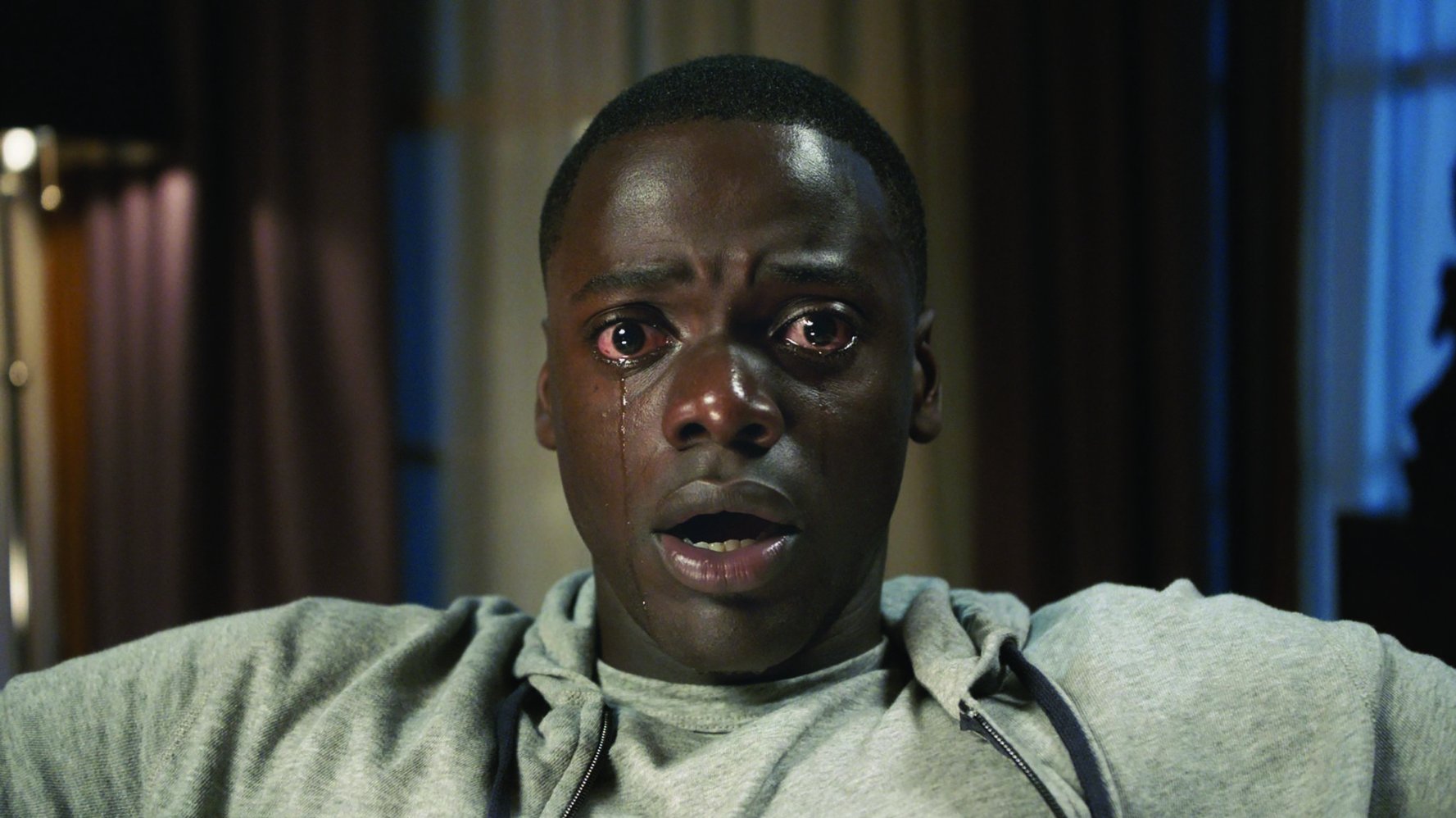By Jake Coyle
AP Film Writer

Fifty years after Sidney Poitier upended the latent racial prejudices of his white date’s liberal family in “Guess Who’s Coming to Dinner,” writer-director Jordan Peele has crafted a similar confrontation with altogether more combustible results in “Get Out.”
“Do they know I’m black?” Chris (Daniel Kaluuya) asks his white girlfriend Rose (Allison Williams) as they get ready to leave their city apartment for a weekend at her parents’ rural estate. “No,” she replies. “Should they?”
“It seems like something you might want to mention,” he sighs. “I don’t want to get chased off the lawn with a shotgun.”
It’s a joke but it’s also foreshadowing – and just a hint of the frights to come. In Peele’s directorial debut, the former “Key and Peele” star has -as he often did on that satirical sketch series – turned inside out even supposedly progressive assumptions about race. But Peele has largely left comedy behind in a more chilling portrait of the racism that lurks beneath smiling white faces and defensive, paper-thin protestations like, “But I voted for Obama!” and “Isn’t Tiger Woods amazing?”
Those are the kinds of things that Rose’s father, Dean (an excellent Bradley Whitford), says as he and his wife, Missy (Catherine Keener), heartily welcomes his daughter’s boyfriend. “How long has this thang been going on?” Dean asks with forced emphasis on “thang.”
But the warm welcome is only skin deep. A deeply bizarre atmosphere takes hold at the house, where all the hired help is black. They are a spooky, robotic bunch, with dead eyes and zombie-like demeanors that would have stood out even in “The Stepford Wives.” Something clearly is off, though Peele takes his time letting the mystery thicken.
“Get Out,” produced by Jason Blum’s low-budget horror studio Blumhouse Productions, is serious, even sober in its horror. But its archness has moments of creepy levity. When Chris is given a tour of the house, Dean points out the sealed door to the basement. “Black mold,” he says.
Things get even stranger when Chris meets some of the family friends, who all appear oddly frozen in time somehow. Some ogle him with lust, feeling his biceps. The most paranoid (and funny) character in the movie is Chris’ friend, Rod (a terrific Lil Rel Howery), a TSA agent who – dubious from the start – grows increasingly concerned with every update from Chris.
Eventually, the truth comes out, things turn bloody and, as you’d expect, we get a look at that basement.
It’s long been a lamentable joke that in horror films – never the most inclusive of genres – the black dude is always the first to go. In this way, “Get Out” is radical and refreshing in its perspective. The movie is entirely from Chris’s point of view; his fears are ours.
Peele originally conceived his long-planned film as an Obama-era horror, one that revealed the hidden racism that the country had supposedly overcome. “Get Out” instead comes out at a time where few still hold any belief in a post-racial America. The dark forces unleashed in “Get Out” came out of hiding long ago.
“Get Out,” a Universal Pictures release, is rated R by the Motion Picture Association of America for “violence, bloody images, and language including sexual references.” Running time: 103 minutes. Three stars out of four.




